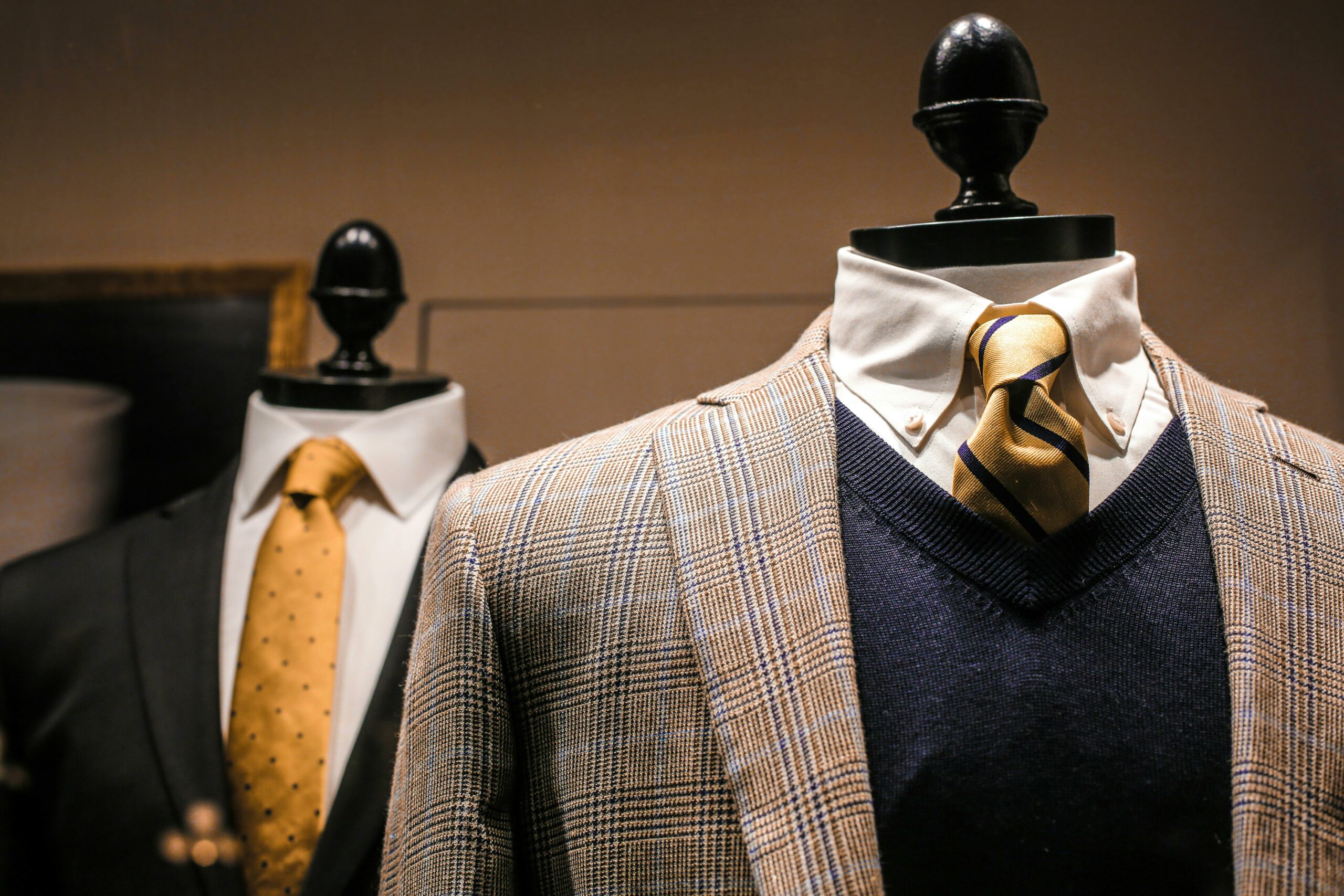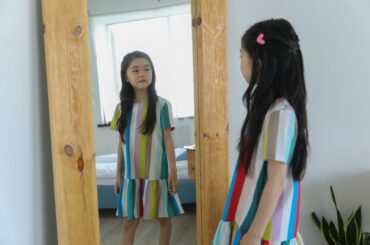Contents
How to cover cleavage in a formal dress?
When it comes to dressing for formal occasions, finding the perfect balance between elegance and appropriateness is key. One area that often garners attention is cleavage. Whether you’re attending a wedding, a corporate event, or a formal dinner, knowing how to cover cleavage tastefully can elevate your style and confidence. In this comprehensive guide, we’ll delve into practical tips and styling techniques to help you achieve the right amount of coverage while still looking fabulous in your formal dress.
Understanding Cleavage Coverage
Before diving into the specifics of covering cleavage, it’s essential to understand what cleavage is and why it matters in formal settings. Cleavage refers to the hollow or space between a person’s breasts, which can vary in prominence depending on factors like body shape and clothing choice. In formal settings, the level of cleavage exposure can influence how you’re perceived and whether your attire aligns with the event’s dress code.
For instance, imagine attending a corporate gala where professionalism and modesty are valued. Opting for a dress with minimal cleavage exposure would be more appropriate than choosing a plunging neckline that may distract from the event’s purpose.
Factors such as the type of event, dress code, and personal comfort level all play a role in determining the appropriate amount of cleavage coverage. While some occasions may call for more modesty, others allow for a bit more flair. It ultimately comes down to striking a balance that makes you feel confident and comfortable while respecting the event’s expectations.
Choosing the Right Dress
Selecting a formal dress with the appropriate neckline is the first step in achieving tasteful cleavage coverage. Consider opting for styles that offer more coverage, such as high necklines, boat necks, or illusion necklines. These designs provide a sophisticated look while minimizing cleavage exposure.
For example, picture yourself attending a black-tie wedding where elegance and refinement are paramount. A dress with a high neckline or illusion lace overlay would complement the formal atmosphere while ensuring appropriate cleavage coverage.
Additionally, pay attention to the fabric of the dress. Materials like chiffon, lace, or thicker fabrics can help reduce the visibility of cleavage, providing a more polished appearance.
Layering and Accessories
Layering can be a stylish and practical way to cover cleavage in a formal dress. Consider adding a camisole or undershirt underneath your dress for extra coverage without compromising style. Choose a camisole that matches the color of your dress to create a seamless look.
For instance, imagine attending a charity gala where modesty and sophistication go hand in hand. Layering a delicate lace camisole under your dress can add a touch of elegance while providing the coverage you desire.
Scarves or shawls are another elegant accessory that can be draped strategically to cover cleavage while adding a touch of sophistication to your outfit. Opt for lightweight fabrics like silk or chiffon for a graceful drape that complements your dress.
Tailoring and Alterations
Tailoring your formal dress to fit your body perfectly can make a world of difference in achieving the desired cleavage coverage. Consult with a skilled tailor who can make adjustments to the neckline, straps, or bust area to ensure a flattering and comfortable fit.
Read on : The National American Miss Scandal? Here’s what you should know in 2023
For dresses with plunging necklines, consider adding modesty panels or inserts to provide additional coverage without altering the overall design of the dress. These subtle alterations can help you feel more confident and secure in your attire.
Styling Tips for Cleavage Coverage
Experimenting with different styling techniques can help you achieve the perfect balance of cleavage coverage and elegance. If you prefer a lower neckline, accessorize with statement jewelry or a structured blazer to draw attention away from the cleavage area.
- Busty Figures: For individuals with larger busts, finding dresses with adequate coverage while maintaining style can be a challenge. Look for dresses with built-in support, such as boning or structured bodices, to provide ample support and minimize cleavage exposure. Additionally, dresses with adjustable straps allow for customizable fit and support. Consider opting for V-necklines with moderate depth, as they elongate the neckline while offering a balanced silhouette. Avoid excessively low necklines, which can accentuate cleavage disproportionately.
- Petite Frames: Petite individuals may find that certain necklines overwhelm their smaller proportions. Opt for dresses with sweetheart or scoop necklines, which offer subtle cleavage coverage without overpowering petite frames. Additionally, empire waistlines can create the illusion of a longer torso while drawing attention away from the bust area. Avoid overly embellished necklines or excessive fabric around the chest area, as they can add unnecessary bulk and detract from a streamlined look.
- Athletic Builds: Individuals with athletic builds often have broader shoulders and less pronounced curves. Look for dresses with halter necklines or racerback styles, which accentuate the shoulders and create a balanced silhouette. Consider dresses with strategic ruching or draping around the bust area to add volume and dimension. Experiment with wrap-style dresses, which cinch at the waist and create the illusion of curves. Avoid high-neck dresses or stiff fabrics that may flatten the chest area and create a boxy silhouette.
- Curvier Figures: Curvier individuals may prefer dresses that enhance their natural curves while providing modest cleavage coverage. Look for dresses with A-line or fit-and-flare silhouettes, which accentuate the waist and create an hourglass shape. Opt for dresses with plunging V-necklines or wrap-style designs, which elongate the torso and draw attention to the décolletage. Consider layering with a fitted blazer or cropped jacket for added coverage and structure. Avoid overly tight or clingy fabrics, as they may accentuate curves in unwanted areas.
For a more conservative look, explore dresses with intricate lace overlays or embellishments that offer coverage while adding visual interest to your ensemble. Don’t be afraid to mix and match styles until you find a combination that suits your personal taste and comfort level.
Practical Solutions for Different Body Types
It’s important to recognize that not all body types are the same, and what works for one person may not work for another. Busty individuals may find it challenging to find dresses that offer adequate coverage without sacrificing style.
For those with larger busts, look for dresses with built-in support or adjustable straps to ensure a comfortable and secure fit. Consider consulting with a stylist who can offer personalized recommendations based on your body shape and style preferences.
Confidence and Comfort
Ultimately, the key to covering cleavage in a formal dress is feeling confident and comfortable in your own skin. Embrace your unique style and celebrate your body while adhering to the event’s dress code and cultural norms.
Remember that fashion is a form of self-expression, and there are no hard and fast rules when it comes to personal style. Trust your instincts and choose attire that makes you feel empowered and beautiful, inside and out.
Conclusion
Covering cleavage in a formal dress is about more than just following the rules—it’s about expressing yourself with confidence and grace. By understanding the importance of cleavage coverage, choosing the right dress, and exploring styling techniques, you can create a look that’s both chic and appropriate for any formal occasion.
Embrace your individuality, experiment with different styles, and above all, wear your confidence proudly. With these tips in mind, you’ll be sure to turn heads for all the right reasons at your next formal event.





